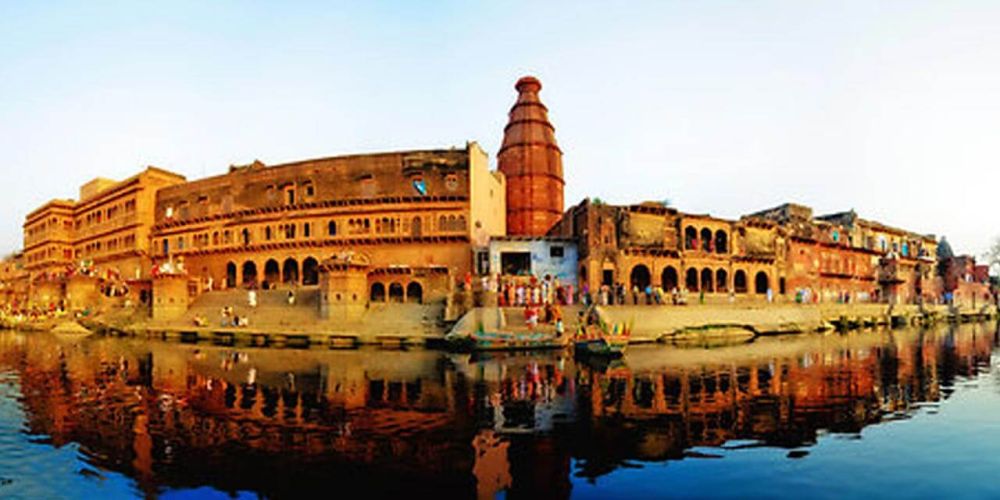

Kesi Ghat, located on the banks of the Yamuna River in Vrindavan, is steeped in mythological and spiritual history. The name Kesi Ghat is derived from a tale in Hindu scriptures where Lord Krishna is said to have vanquished the demon Kesi at this very spot. Over the years, it has become a pivotal location for devotees and tourists alike, who come to seek divine blessings, bathe in the holy waters, and participate in various religious activities.
The history of tourism in Kesi Ghat is inherently tied to the religious significance of Vrindavan itself, a town venerated for its association with the life of Lord Krishna. As early as the 16th century, with the resurgence of Vaishnavism under the influence of saints like Chaitanya Mahaprabhu, Vrindavan and its ghats witnessed an influx of pilgrims from across India. Over the centuries, this influx has only grown, contributing significantly to the area's cultural and spiritual tourism.
With the growth in global awareness of India's religious and cultural sites, Vrindavan and Kesi Ghat have seen a gradual increase in international visitors. The establishment of various temples around Vrindavan by different spiritual organizations has also played a crucial role in promoting Kesi Ghat as part of the larger pilgrimage experience in the region.
The latest tourism trends in Kesi Ghat include a focus on eco-tourism and sustainable practices. Authorities and local bodies are increasingly aware of the need to preserve the sanctity and cleanliness of the Yamuna River. Efforts to keep the river and the ghat clean are being prioritized, appealing to an audience that is conscious of environmental issues.
In addition to sustainability, experiential travel has become more popular. Tourists are looking for authentic experiences, which in the case of Kesi Ghat might include attending the daily Aarti ceremonies during dawn or dusk, taking part in the annual festivals like Holi or Janmashtami, or engaging with the local culture through music, dance, and cuisine.
Another emerging trend is the rise of digital influence on tourism. Visitors often learn about Kesi Ghat through social media, travel blogs, and online recommendations. Virtual tours and online live streams of events have also made the location more accessible to those unable to travel.
The Indian government and Uttar Pradesh tourism department have taken several initiatives to improve infrastructure around Vrindavan. This includes better connectivity through roads and transportation, development of visitor centers, and accommodations that cater to a range of budgets and preferences.
Kesi Ghat in Vrindavan remains a significant spiritual destination with a rich historical heritage attracting both devotees and tourists. While it retains its traditional charm, the ghat is evolving with the times, embracing trends that make it a relevant and accessible destination in the modern age. As tourism evolves, Kesi Ghat continues to offer a blend of mystical experiences rooted in ancient traditions and the conveniences of contemporary travel.